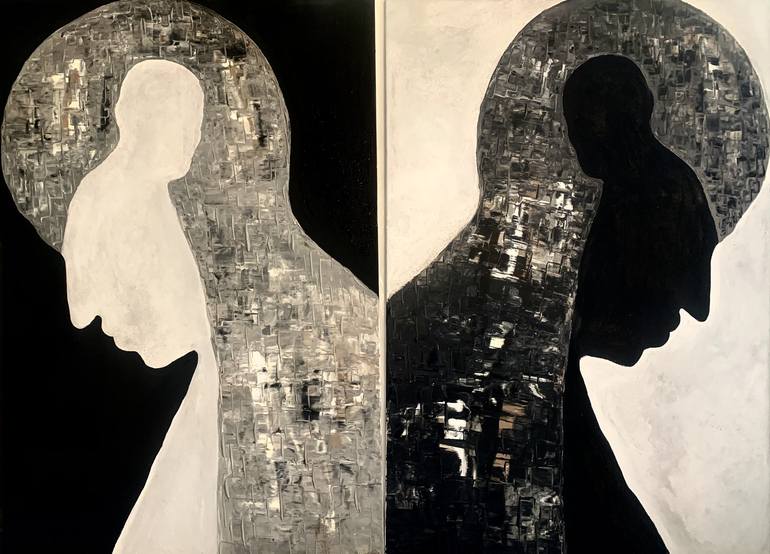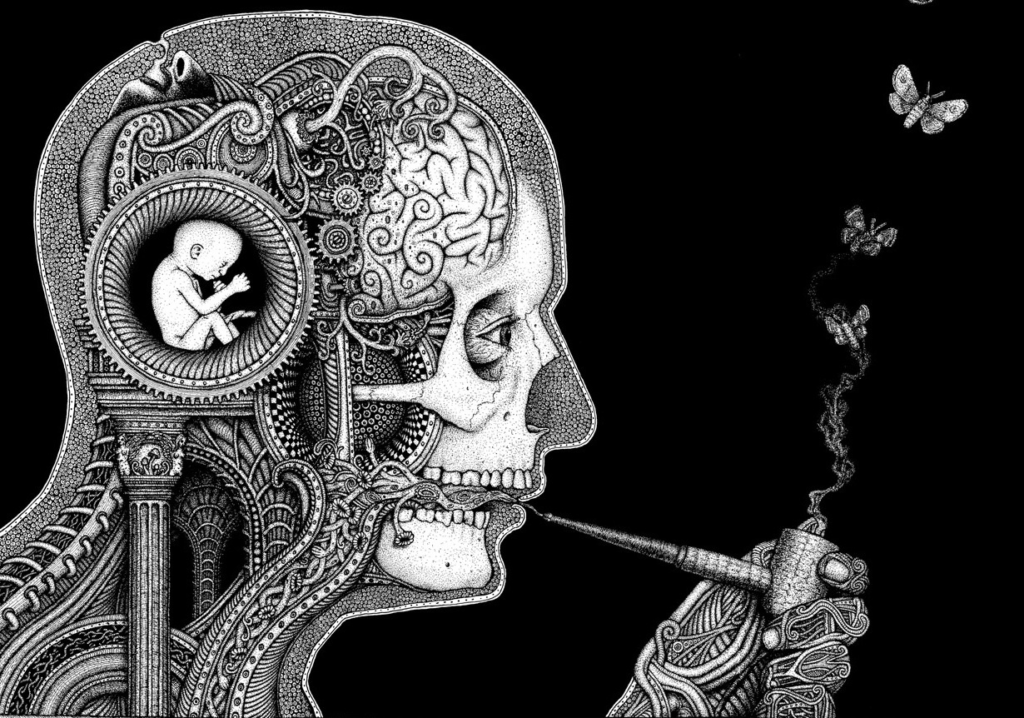If you grew up on a steady diet of fairytales, facing reality can be as jarring as waking up in your PJs in the middle of Lagos traffic. Fairytales make life simple. They ignore the gray areas and show life in clear blocks of black and white. With them, pretty people are always good, and the ugly ones are evil. Stepparents and the childless are usually wicked, while birth parents are the personification of good. The different tropes make you believe you would marry the first person you kiss, that frogs turn to princes if you kiss them good enough, and every (good) person gets a happily ever after. You believe that hot or cold, justice will always be served and that life ends with everyone finally understanding the other.
But then life happens. The fairytale goggles fall off, and you start to see the grays. Life begins to teach you about dualism, the existence of two seemingly contradictory traits within one entity. You realize that beauty is not an inoculation against evil, that the prettiest face can house hideous emotions. That sometimes, a golden heart can come with a very wholesome face. You learn that some frogs are proud of their frogginess and would never become royalty no matter how soundly you kiss ‘em. You realize that sometimes, the first person comes into your life to teach you lessons and that happily ever after lies with the fifth…sixth….or maybe seventh person?

When you finally get the lessons down pat, an extra section pops up. You read stories like that of Mrs. Nwachukwu, who killed her 11-year-old maid for not answering her calls by pouring hot oil on her, and you realize evil has no gender. That horrible people become wives and mothers. You understand that being a woman and having the ability to create life doesn’t make you a mother. That childless people can be more maternal than women with children, and step-parents can actually be the parents that step up.
With dualism, you learn that good people get into messy situations, but that doesn’t make them bad people. It just makes them human beings with flaws. You see good people become sidepieces. And see that despite what movies and beer parlour-esque online forums say, side pieces sometimes have a lot to offer, even if the receiver is the wrong person. You learn that your exes and “enemies” can be toxic and still be right about your flaws. That broken clocks are right twice in a day. That you can love someone dearly and still not want anything to do with them.

The last chapter is the saddest. The one whose bite is like gravel. You learn, time and time again, that there is no vaccine for death. All the love in the world will not keep your loved ones from dying. That all you have is this moment. The now. The present. That yesterday will never repeat itself, and tomorrow is never assured. That bad people sometimes get everything—the girl/guy, the happiness, and the wealth—and good people die, pillowed only by the memories of their hardships. That sometimes, happily ever after is a dream that never comes true.
Like what you read? Check out The Magic of Good Teachers and Like the Mind of a Child







